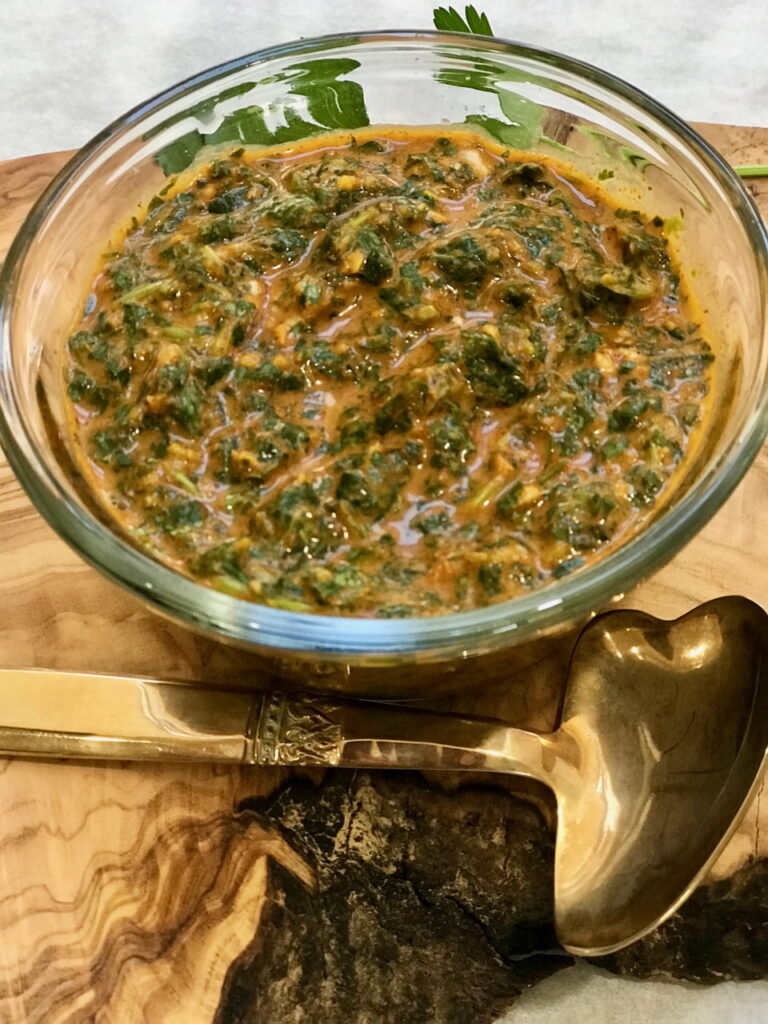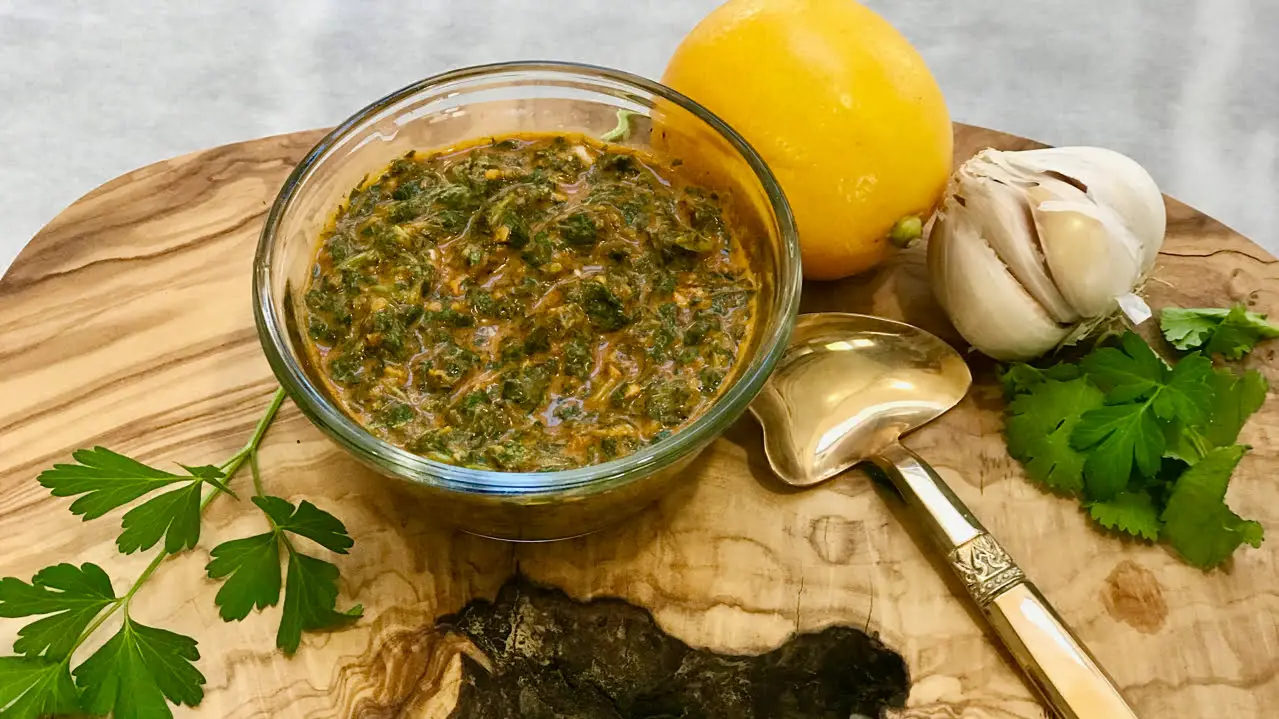A great way to bring the flavors of Moroccan cuisine to meat, seafood or vegetables, is with this easy Chermoula recipe, I like to call Moroccan salsa!
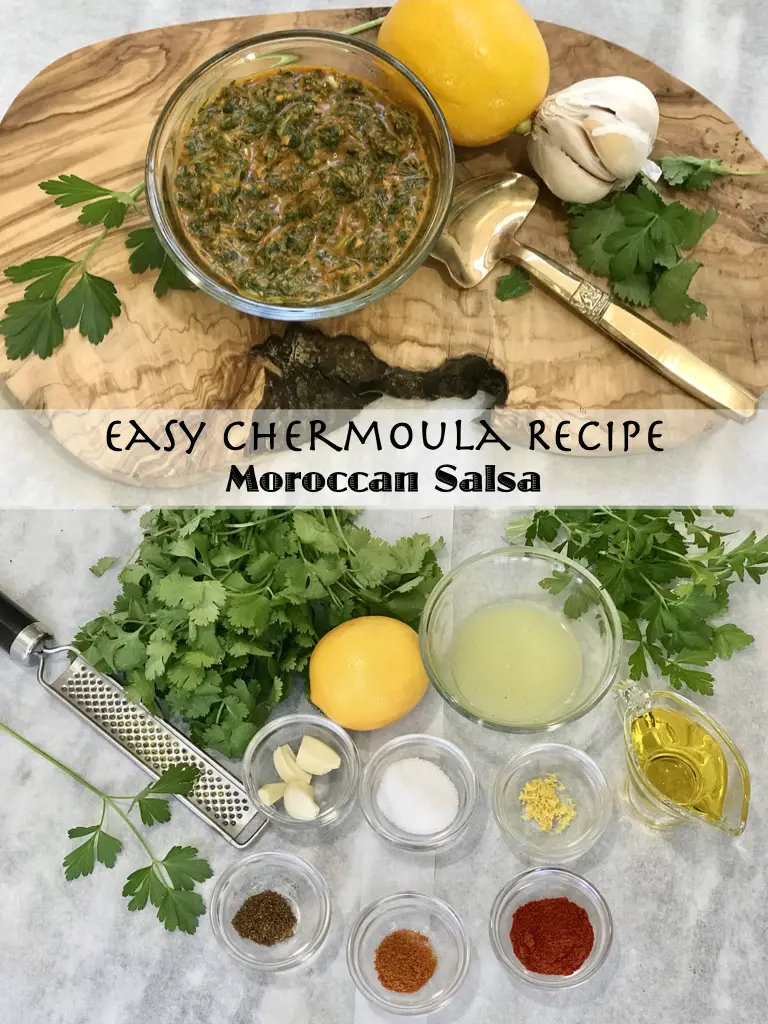
Chermoula – The North African Condiment Of Choice
This popular North African lemony chermoula finds its way to a variety of dishes, simply because it brings both refreshing as well as intense rich flavors to anything it is served with.
While in some parts of the world, a basic chermoula is thought of as an African marinade or a delicious Moroccan sauce, over here in America it is simply the best garlicky herb sauce I know!
Chermoula or charmoula, pronounced sher-moo-lah, found its roots in North Africa, though now used throughout Middle Eastern cooking.
Simple ingredients, such as fresh herbs, lemon, garlic, warm spices and olive oil, fast become a great dipping sauce, pasta sauce, or if you are Italian, you might think of Chermoula as an Italian salsa verde.
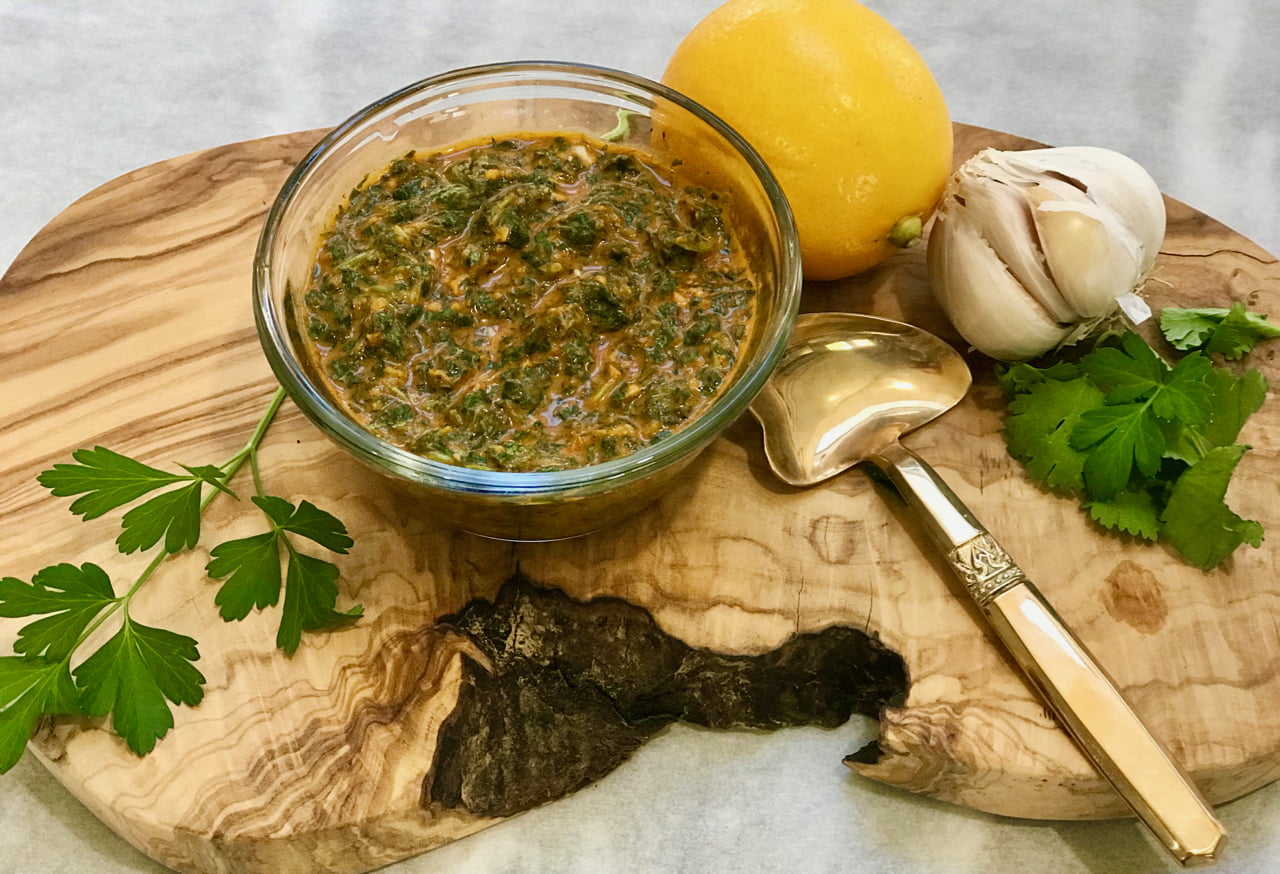
Moroccan Salsa
Every wonderful recipe, worldwide, has a great sauce made from fresh herbs, or a salad dressing, also made from fresh herbs.
Many of us look to these ‘green sauces’ as a type of salsa, meaning ‘sauce’.
The Moroccan version of chermoula can be spicy with the heat of hot peppers or harissa paste, or mild with lots of fresh lemons.
Depending on the dish it is being served with, fish, meat, roasted vegetables, or as a marinade, chermoula is a very versatile sauce.
Creativity In Home Cooking
Home cooking can seem a challenging, daily task until we have collected numerous and diverse flavors to add to whatever it is we are cooking.
One of the greatest places in the world to bring such an array of spices, oils, herbs and flavors into our cooking, is borrowing many ingredients from Moroccan recipes.
Some of the oldest recipes in the world were first documented in this part of the world.
Just google how many food related words come out of the Bible and the Quran; food stories that were first created in, what is now, Morocco, Andalusia and other parts of the Arab world.
Ancient History As It Relates To This Easy Recipe
While both of these historic scripts speak frequently about foods that are forbidden, prohibited or simply not recommended for the body, one area of food that is elevated and widely embraced, are the many ways to flavor food.
Spices, herbs, vegetables, grain, nuts and seeds are as old as… well, dirt, and much of Middle Eastern and Mediterranean recipes are rich with these ingredients.
Sauces Salsa and Flavor Enhancers
Where would a goat, lamb, pigeon or fish get its exotic flavor, had it not been for the ancient cooking practices we enthusiastically embrace to this day?
Today I would enjoy to share with you a favorite flavor enhancer; Chermoula.
What is Chermoula, you ask?
Moroccan food prides itself on the exotic and diverse flavors found in Moroccan recipes.
Chermoula recipes vary a little depending on the fresh herbs that can be acquired, ratio of cilantro to parsley, thickness of chermoula and whether you use fresh lemons of preserved lemon.
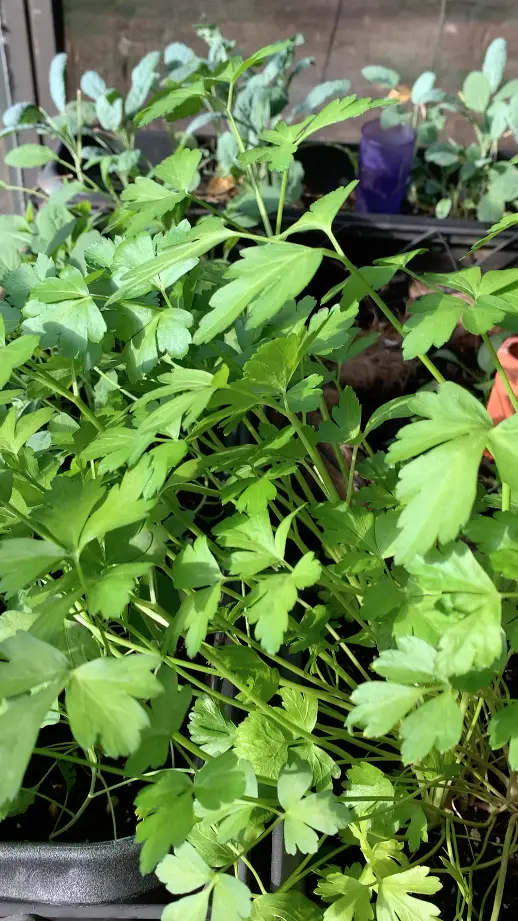
No matter, the best Chermoula is made weekly in large batches and used throughout the week in numerous Moroccan recipes.
Chermoula As A Salsa
What comes to mind when we think of ‘salsa’?
For me, it is a balance of a chosen acidic ingredient, like wine, red wine vinegar or a citrus of choice, and a good quality extra virgin olive oil.
With much travel and a passion for other cultures and their flavors, I have come to embrace a salsa as a flavorful sauce we combine, to impart great flavor into our food.
This, Chermoula sauce has much flavor, from the use of warm spices, balanced with fresh herbs and the zing of lemon.
It is now a regular in my kitchen and hope it will be in yours as well.
While it is widely used in Morocco for fish dishes, I love it with meat and vegetarian dishes!
Every Country Has Its Own Salsa
Chermoula is to Moroccan Food, what Salsa Verde is to Italian and Spanish, and Chimichurri is to the Argentines.
For sure there are different ways to make a salsa, however salsa is is basically an uncooked sauce.
The fresh herbs and spice mix one chooses to use will depend on the different dishes is is being served with.
But for sure, they are all fast and easy to assemble and loaded with flavor!
Fresh Herbs In Chermoula
I find Herbs to be an important element of cooking, especially in the cooking of Moroccan food.
And while today, many spice blends can be purchased from various places, we grew up learning how to mix our own blend of herbs, like Za’atar, a popular Middle Eastern spice blend.
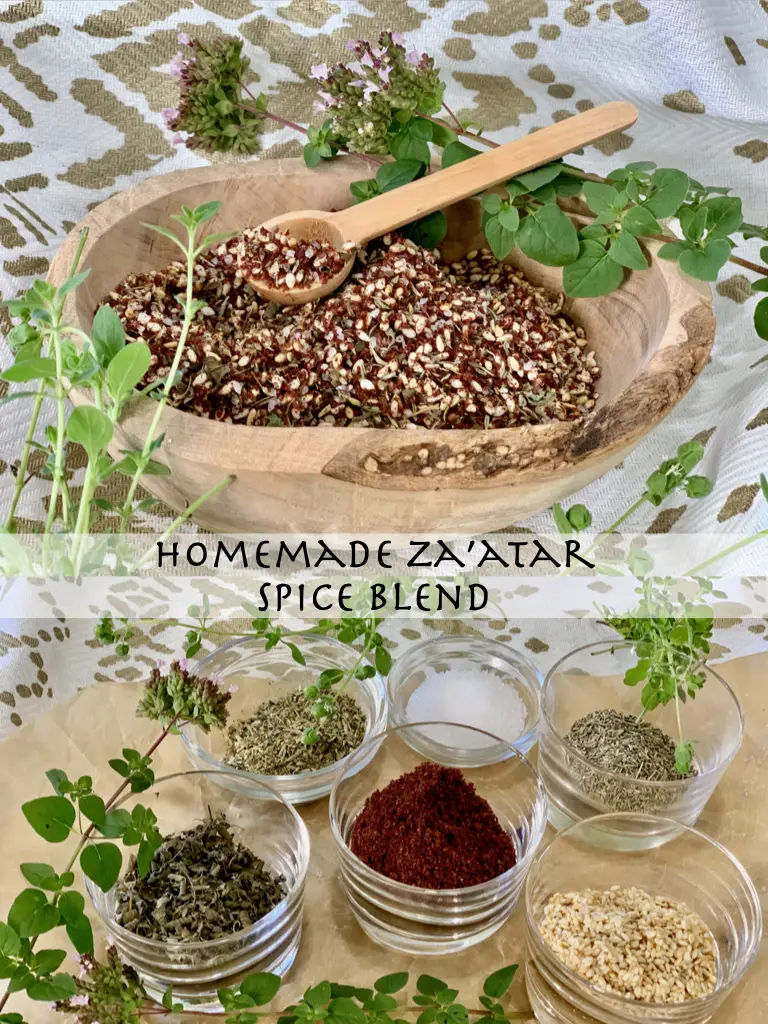
When growing up, here in America, I only saw herbs used primarily as a garnish in restaurants.
But in my home, with my Syrian mom, herbs were always used in salads and sauces.
It is most common now to see American cooks gathering bunches of herbs tied together and used to flavor the cooking in liquids, such as bone broth, sauces, stews and soups.
However, I find they retain so much more of their flavor when chopped fine and left uncooked.
For this reason, I’ve embraced the passion for growing much of my own herbs now.
Spices For Chermoula
Cooking with spices is something we Americans have only widely embraced in the last few decades.
I believe we have television cooking programs to thank for that!
Julia Childs, Graham Kerr, James Beard, Gordon Ramsay, Madhur Jaffrey, Martha Stewart and Nigella Lawson all contributed to my personal education in the cooking world.
Through these culinary icons, a broader understanding of spices have contributed to the recipes I now create in my own cooking.
The warm spices used in chermoula can vary, depending on the recipe, such as those used in Tunisian cooking, vs African cuisine.
Some countries call their chermoula a green chermoula vs those that are called a red chermoula.
Much of the color depends on the spices used.
For example: a heavy sprinkle of smoked paprika, is going to produce a red chermoula vs lots of toasted and ground cumin and coriander seeds, which will allow the green from the fresh herbs to dominate the color
Paprika In A Chermoula Recipe
Don’t you just love paprika, smoked or sweet?
I find smoked paprika is used often in Moroccan food, which imparts a unique flavor, setting it apart from regular paprika; it’s smoked!
Anything smoked adds a deeper level of flavor to something we may already like.
While I have found great joy in growing a large variety of peppers, I now have a blast smoking, dehydrating and grinding them into my Homemade Paprika!
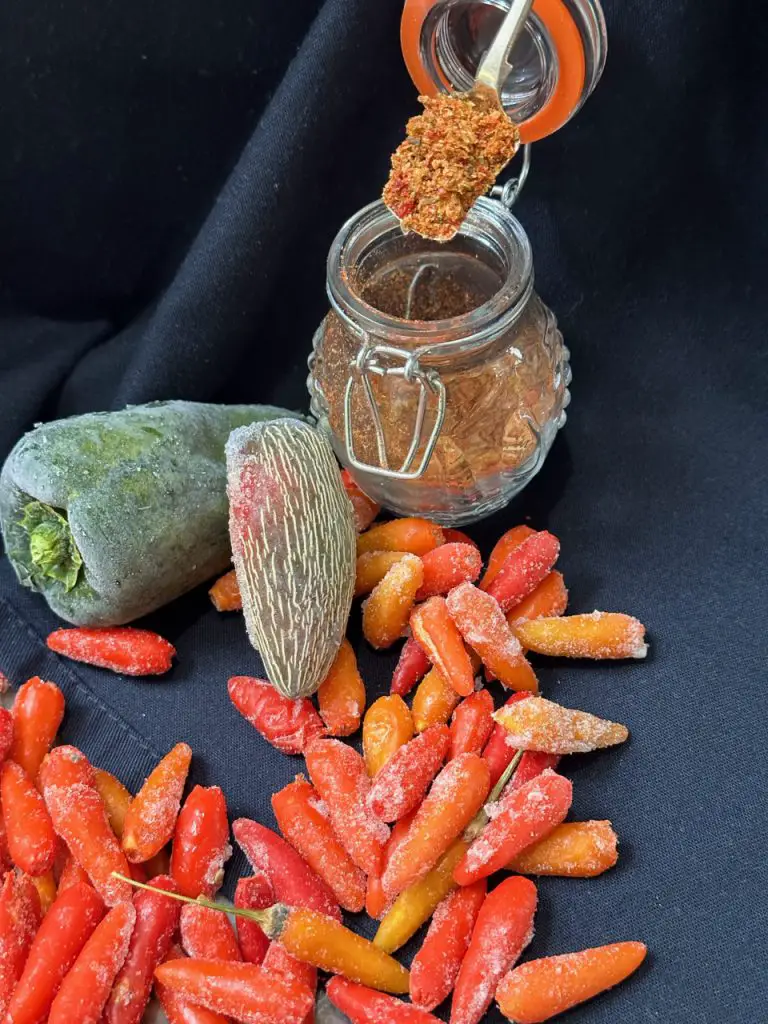
If you have a garden or even grow pots on a deck, I would highly recommend making your own paprika because it really is easy to do.
Red Pepper Flakes Contribute To A Great Chermoula
Aleppo Pepper Flakes from Syria are widely used in Moroccan recipes, such as their Tagines (kind of like our crock-pot cooking), a delicately hot, yet sweet pepper flake.
They are made the same way you would dry and make any other pepper, only use chili peppers, tabasco peppers, jalapeño or any other hot pepper variety.
Using the method above (omitting the smoking part, unless you want a smokey and hot dried pepper), dry the peppers, seeds and all, in an oven or dehydrator, until dry enough to grind into a powder.
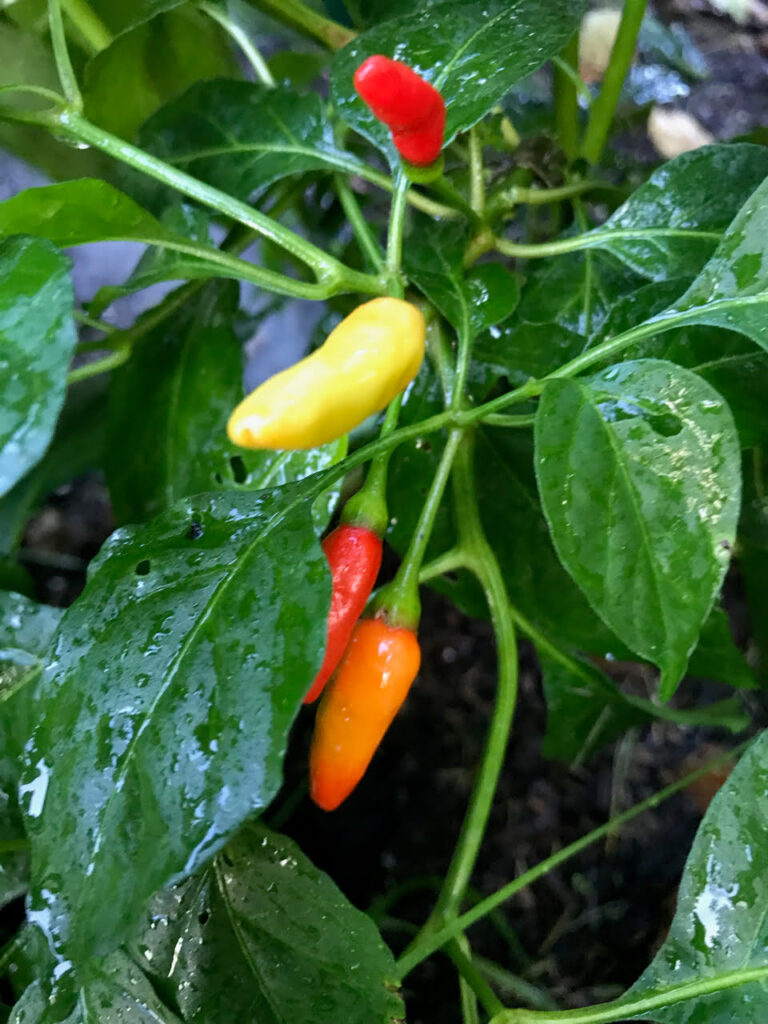
Fresh Lemon vs Preserved Lemon
The acidity of lemon is most often used in Moroccan food as opposed to vinegar.
Lime would be more common in, and around the Caribbean countries and parts of South America.
Lemon has a distinctly different taste than lime.
In Chermoula we use both the zest, which has its own natural oils and the juice.
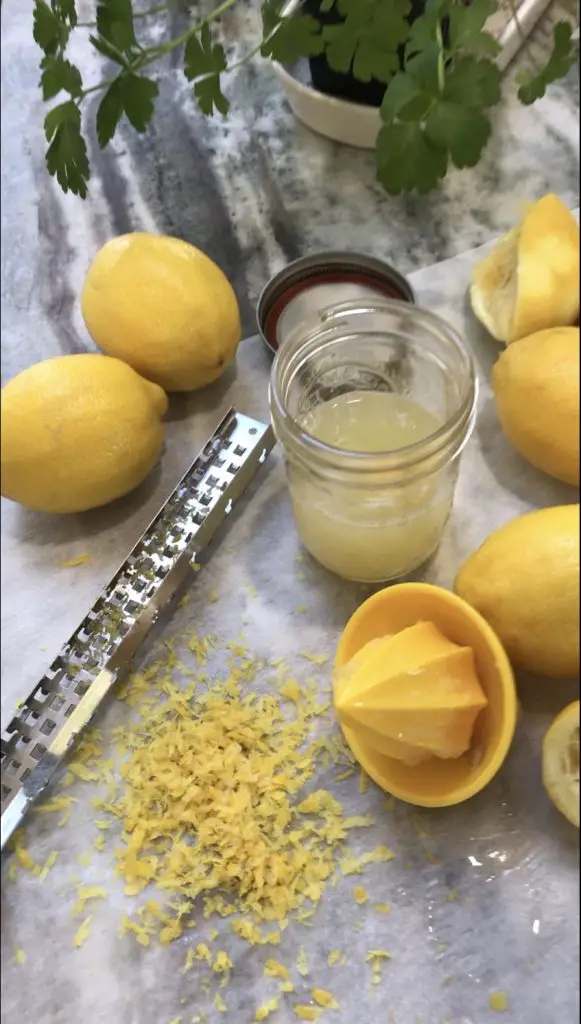
Preserved lemons, however, bring a different dimension to savory sauces.
As stated in Bon Appetit, “Preserved lemons have a depth of flavor that is salty and savory; think of the difference between a cucumber and a pickle.”
I have yet to try making my own but plan to soon.
A Bit Of Olive Oil Please
Of all the oils we cook with, Olive Oil is something I could talk about for days and days.
Likened to wine, but until you have done your own Olive Oil tasting, my words won’t make sense.
Morocco has been producing high quality olive oil for centuries.
It is grown, extracted and bottled with the greatest of care, distributed throughout Morocco and prized in Moroccan food, whether by professional chefs, or home cooks.
Oils of Morocco are so delicious it almost seems a shame to add anything to them to detract from its flavor.
Having visited an olive grove in Paso Robles California and experienced my first Olive Oil tasting at Kiler Ridge Olive Farm, my appreciation for olive oil has become refined.
In Chermoula, as in all cooking, use the best quality you can obtain, and you will produce the most amazing food from simple ingredients.
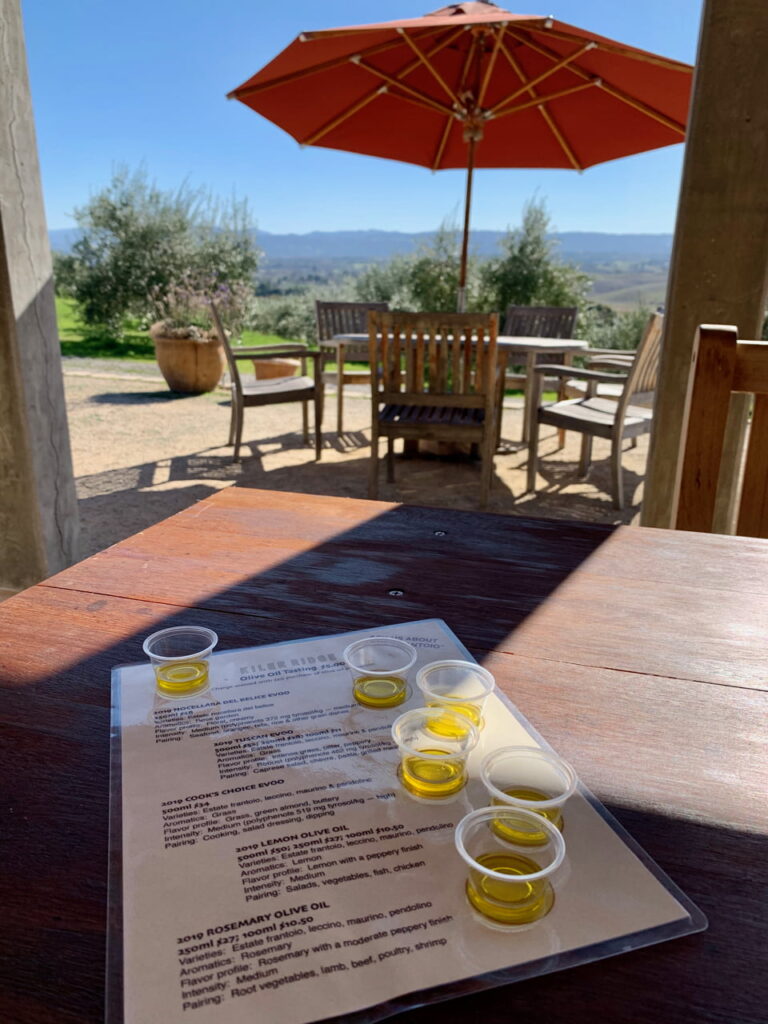
Memorable Recipes That Tell A Story
Make your food something people will always remember, want recipes from, and share for several generations to come.
It all starts with the fresh herbs and spices you make into sauces, marinades, relishes and condiments.
Start right here by making your very first batch of Chermoula and let your friends and family sing your praises on the amazing and flavorful food you prepare for them.
Who knows… as it is said, “The quickest way to the heart, is through the stomach” might become your story as well!
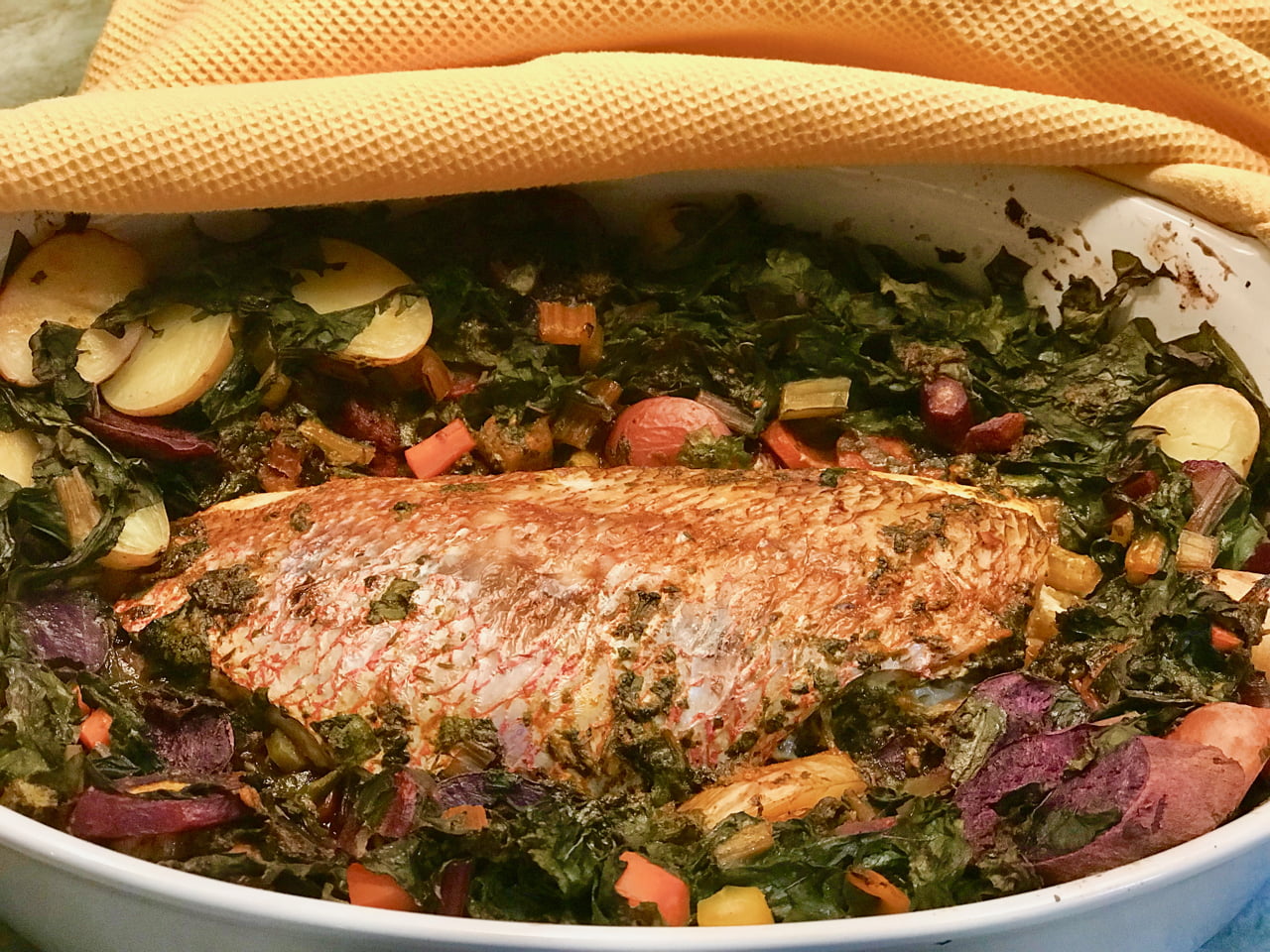
Ingredients Needed
- Cilantro
- Parsley
- Garlic
- Olive oil
- Lemon juice and zest
- Smoked paprika
- Cumin
- Coriander
- Red pepper flakes
- Salt
Equipment Needed
- Food Processor – this one is the perfect 3.5 cup capacity for sauces and the grinding of nuts and grain.
- Cutting board
- Chopping knife
- Measuring cup
- Measuring spoons
- Citrus press
- Citrus zester
- Airtight container
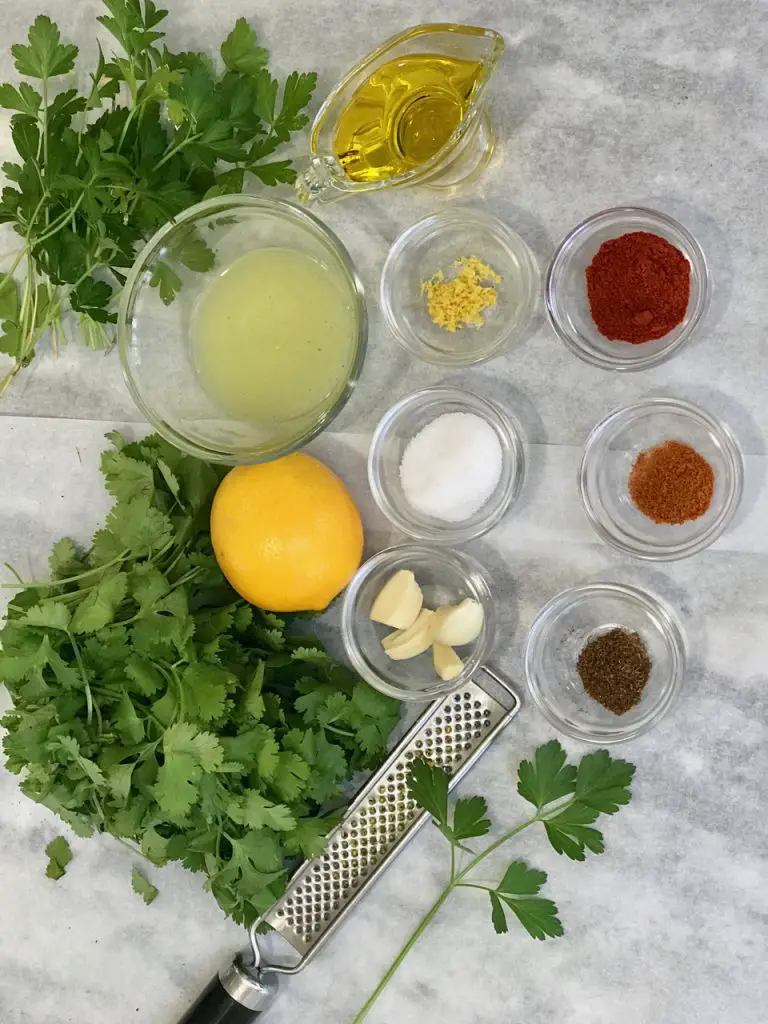
Easy Chermoula – Moroccan Salsa
Equipment
- Food processor or blender
- airtight jar
Ingredients
- 1 cup Fresh cilantro
- 1 cup Fresh parsley
- 3 Garlic cloves rough chopped
- 1/2 cup Extra-virgin olive oil
- 1/4 cup Fresh lemon juice
- 1/2 tsp Lemon zest
- 1 tsp Sweet paprika or smoked homemade
- 1/2 tsp Cumin from lightly toasted and ground cumin seeds
- 1 tsp Ground coriander seeds
- pinch Red pepper flakes
- 3/4 tsp Salt
Instructions
- With a sharp knife, give a rough chop to the bundles of fresh herbs.Place them in the food processor or blender.
- In a measuring cup with a spout, place the olive oil, lemon juice and zest, with crushed garlic and spices. Lightly whisk.
- Turn the processor on low speed and pour in the olive oil mixture, leaving a slightly rough texture to the sauce.
- This easy recipe can be prepared in advance and stored in an airtight container in the fridge for up to 3 days, or frozen in an ice cube tray, then transferred to small packets once frozen.
Video
Notes
